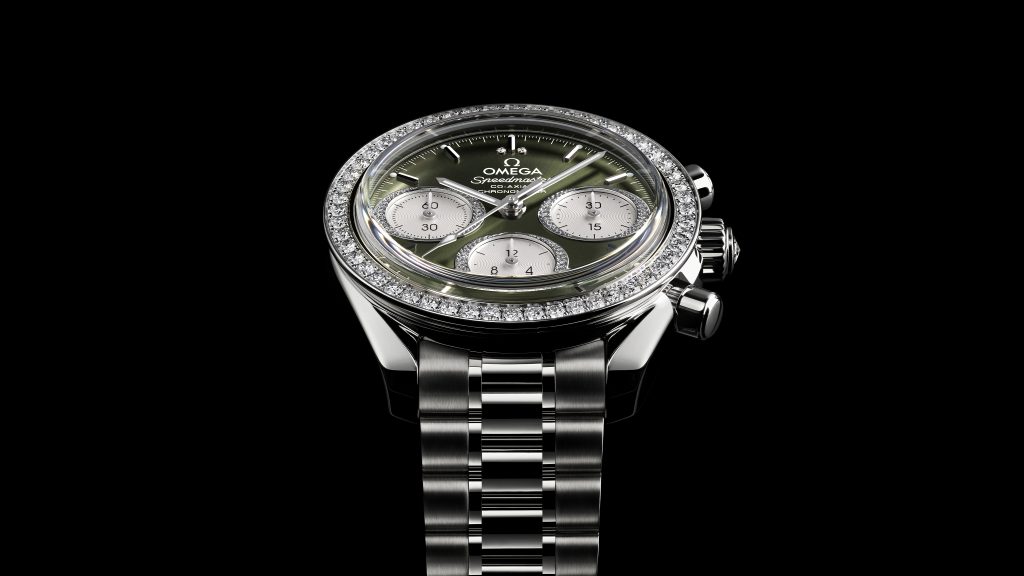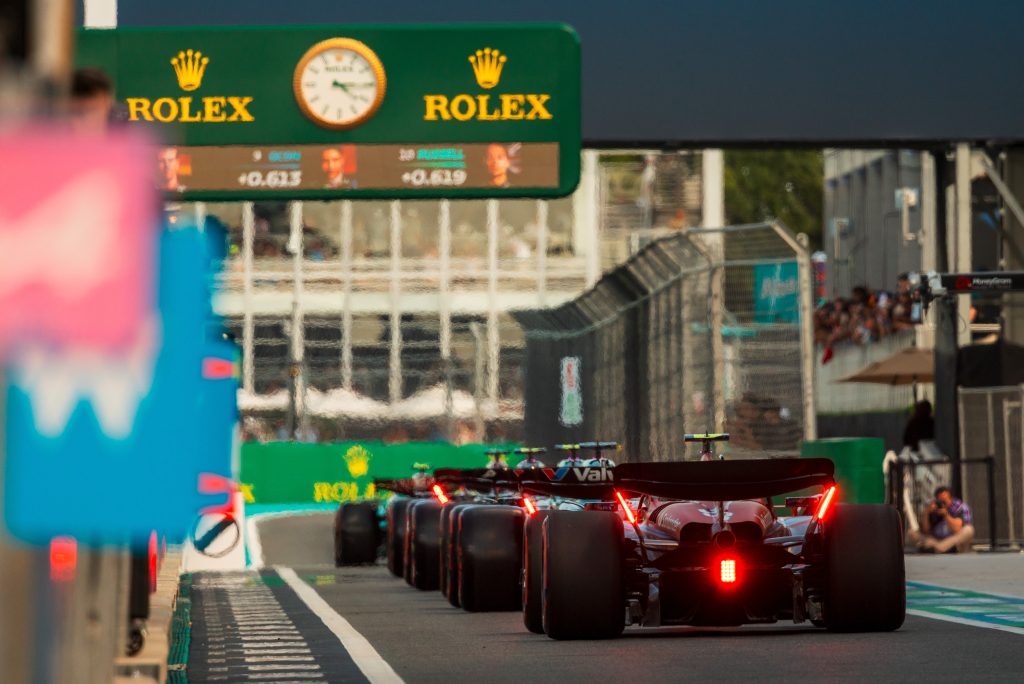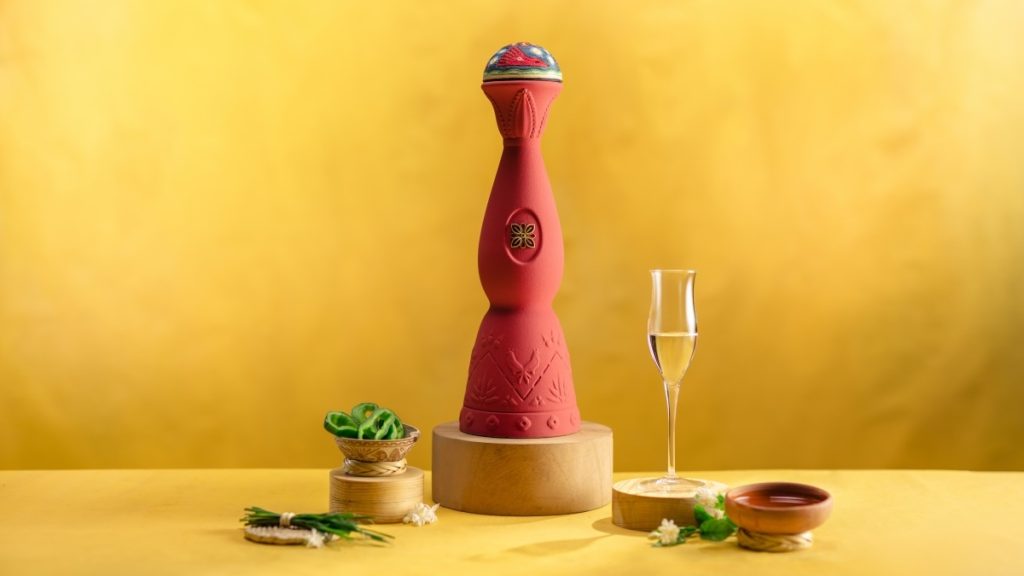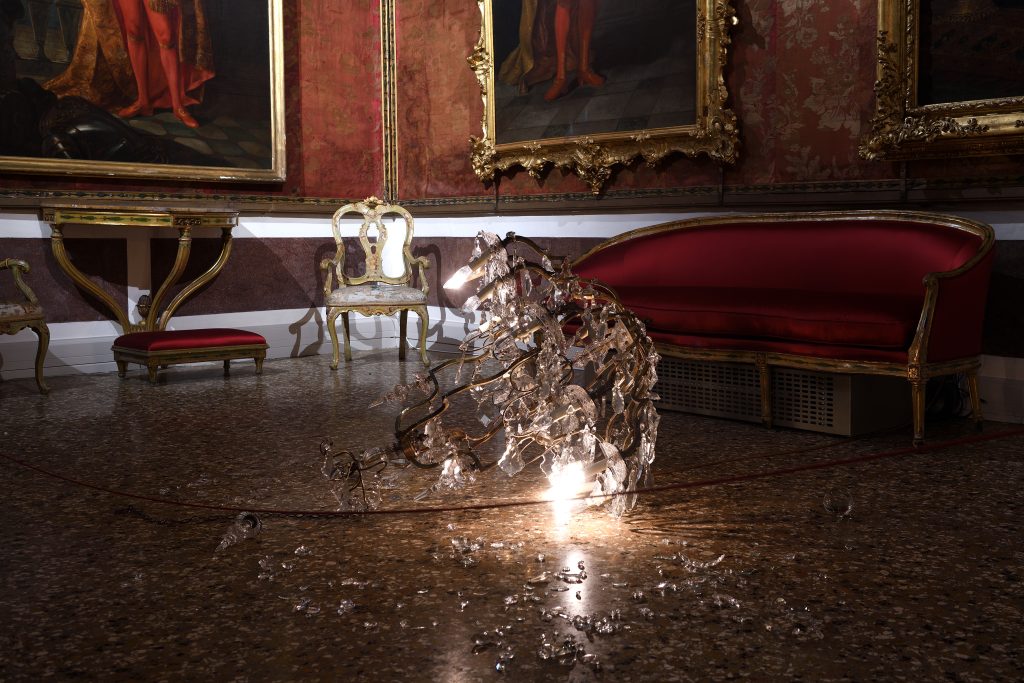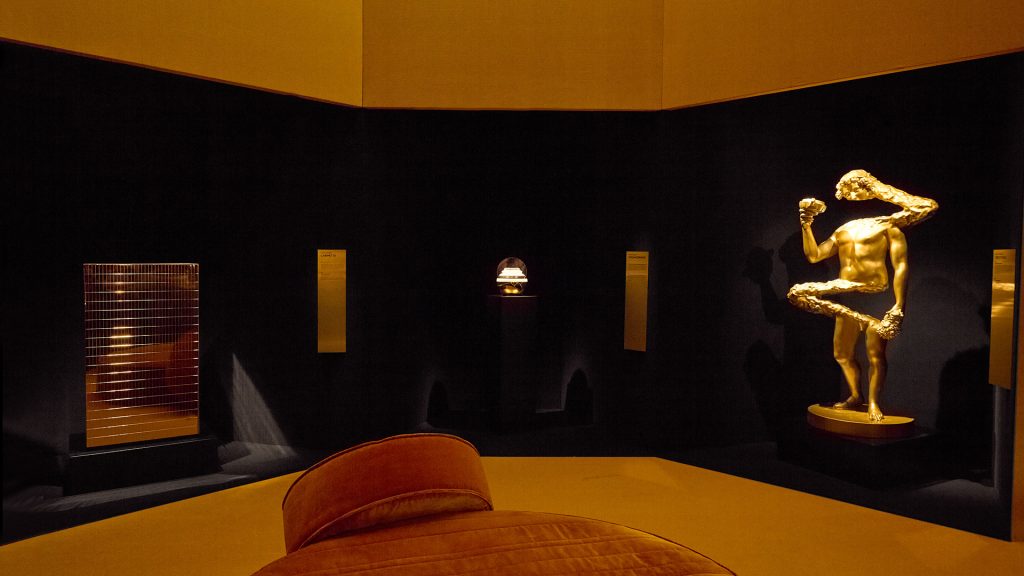Lui Shtini’s “New Paintings”
On display in Chelsea, some lovely new pieces by the NYC-based artist
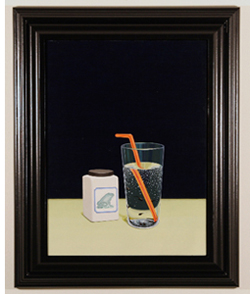

One of my favorite exhibits currently on view in Chelsea, “New Paintings by Lui Shtini” at Van De Weghe Fine Art serves as yet another reminder that painting, in the right hands, is far from dead. Shtini’s paintings bear the precise strokes of an obsessive while his subject matter betrays the predilections of a unsettled mind. Or, perhaps not. The paintings on view, stylistically reminiscent of Magritte (though shrugging off any surrealist trappings), may elicit unease but they do so by serving as a mirror for our own psychological baggage. (“Bambi,” 2008, pictured right.)
“New Paintings by Lui Shtini” is on through 11 April, 2009 at Van De Weghe Fine Art (521 West 23rd Street) New York, NY 10011.
Images courtesy of Lui Shtini
So the scale of the works on view varies?
Exactly. They vary. I wouldn’t put a truck in a small painting, because it wouldn’t make sense. If I were to paint a truck, I would try to paint it on a really big canvas, because that makes you enter it, because you’re used to that big image. You relate to it. I’ve noticed that in Caravaggio a lot. His work is almost the exact same size as the people he’s representing. So you’re immediately going into it, being part of it.
In terms of the thematic discussion, many of the paintings seem to center on an object, or objects, in an empty room. There’s a feeling of solitude and, in some cases, darkness to them.
They tend to have that sort of coldness. I’m not interested in making something comfortable, or fluffy and warm. There’s no point to that. Every color I use serves its purpose to poke the viewer’s nervous system, instead of making him feel comfortable. It’s more about having the image almost cut you.
What do you hope the viewer will take away from your paintings?
My main goal is to have each individual person explore them differently, the way they want to explore: using their psyche, using their experiences, their nightmares, their sensibilities. I don’t want to force anything that has to do with the experience of the viewer with the work.
So each individual’s memories can translate into a different reading?
Exactly. I’ve noticed that with people. It’s amazing how a year after, a person will be talking about a work and it’s become a completely different thing from what he has seen, but it’s vivid in his head. I want people to have their own way of seeing the work.
One of your earlier pieces that stood out to me was “Untitled (cow and tiger).”
I had this idea of sex and devouring. It’s like this aggressive and pleasurable thing that happens. I just thought that a cow would be a really beautiful example of something passive giving itself up to this. And the tiger is this thing that always attacks from behind, it’s always this sneaky thing. So, basically the tiger looks like it’s going to eat the cow, but when you look closely at the painting, you notice the tiger’s testicle. That completely changes the conversation. It’s always those little details, those elements that change the whole conversation.
Are there those kind of elements in all of your paintings, like if you look close enough you’ll experience a switch?
Definitely. That’s what makes them look “surreal.” For example, there’s this painting of a pint glass with water and a bright orange straw, and there are tadpoles in it [“Untitled (Glass with Tadpoles),” 2008, above right]. And next to it there’s this plastic container that looks like a vitamin container with a label that has a frog on it. So there’s this weird interaction of these elements that make it strange.
There’s no distortion, except the placement of the things, and also the way that they’re not based in reality. They do look fake, but they do look real. I’m trying to have this imaginary idea of what a straw would look like, but I’m not looking at a real straw. Therefore, it looks real but it’s not, which adds to the “surreal” element, which is not really surreal. I’m just painting a straw.
If surrealism isn’t the right word, and realism isn’t, then how would you describe your paintings?
I like to call them hallucinations of images from reality.
I had this experience once. I was on the subway, it was full of people, and there was this girl… I was convinced that she had this plastic nose that she took off and fixed back onto her face. I was awake, I wasn’t drunk, I was completely normal and reading a book actually, but I just happened to observe this. And for the rest of the ride I kept staring at her and her nose, which looked real, though I was certain I’d seen her move it. I love that kind of situation. That’s what I want to communicate.
“Bambi,” 2008, “Untitled (Red Throne),” 2008, and “Untitled (Glass with Tadpoles),” 2008 images courtesy Van De Weghe Fine Art, New York.




